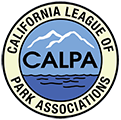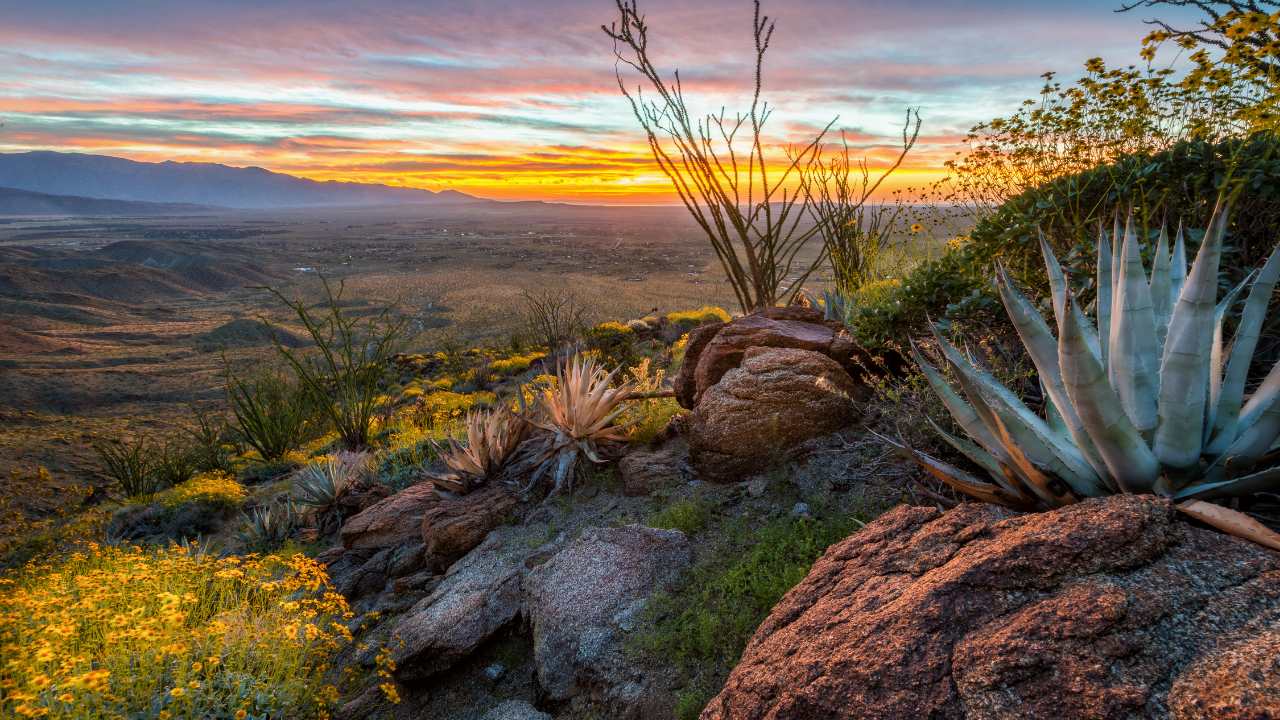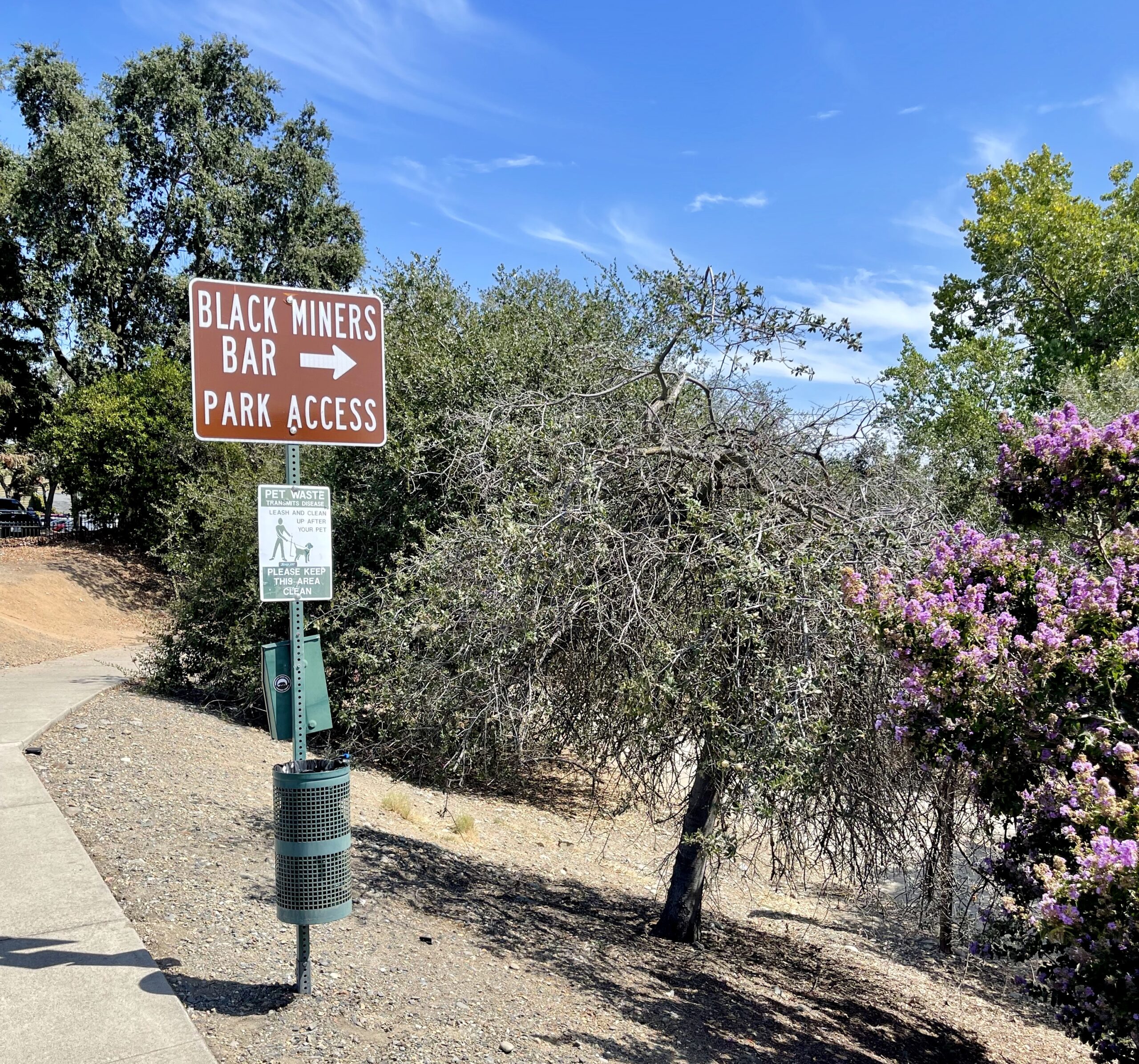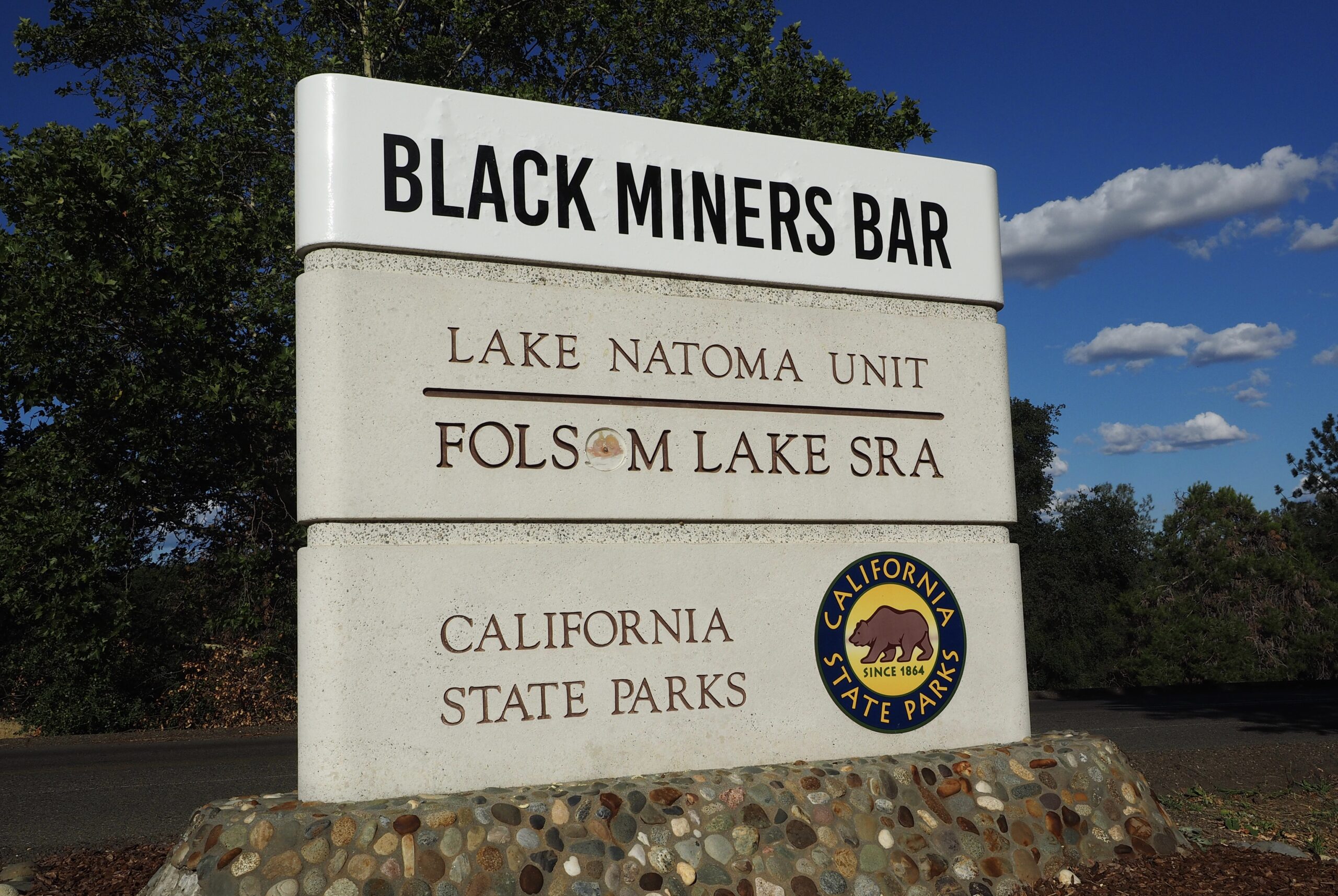Overlooking Anza-Borrego Desert State Park at sunset. Blooming yellow brittlebrush, ocotillo, and agave.
Author: Jaime Purinton, Anza-Borrego Foundation Communications Manager
California State Parks, Cultural Resources Division presented Tribal Affairs 101 virtually for both Colorado Desert District staff and Anza-Borrego Foundation representatives. Through the Tribal Affairs Program, the training was led by Sabine Talaugon, Tribal Affairs Program Manager and Hayley Elsken, District Tribal Liaison. The training provided deeper context to tribal consultation, collaboration and cultural humility for the Colorado Desert District.
The program began by providing local context to the Indigenous lands where Cuyamaca Rancho State Park, Palomar Mountain State Park and Anza-Borrego Desert State Park reside. Tribal members and descendants maintain their relationships to the land today, including gathering plant materials. San Diego County features the largest number of federally recognized tribes (17) and Indian Reservations (18) of any county in the United States, in addition to two non-federally recognized bands.
The department’s tribal consultation policy (DN 2007-05) outlines how the department works with California Native tribes. Consultation means “the meaningful and timely process of seeking, discussing, and considering carefully the views of others, in a manner that is cognizant of all parties’ cultural values and, where feasible, seeking agreement. Consultation between government agencies and Native American tribes shall be conducted in a way that is mutually respectful of each party’s sovereignty. Consultation shall also recognize the tribe’s potential needs for confidentiality with respect to places that have traditional tribal cultural significance” (CA Govt Code § 65352.4). An overview of the department’s gathering policy and permits (DPR 864) were explored along with the Tribal MOU (Memoranda of Understanding) Program and NAGPRA Program (Native American Graves Protection Repatriation Act).
The remainder of the training, dedicated to cultural humility, outlined the understanding of tribal sovereignty and the unique legal and political relationship between tribal governments and state/federal governments. The training also touched on Native spirituality, cultural identity, historical distrust, communication styles, self-awareness, and etiquette, including active listening. Staff learned tips for consultation, like understanding the tribe does intros first and deferring questions to the highest-ranking tribal member present. The differences between formal and informal consultations with who is responsible for initiating formal government-to-government consultations were clarified.
I felt the training provided deeper context and will help me in my communications role at Anza-Borrego Foundation. It also explored some of the many layers and nuances of the Park’s relationship with the local tribes and tribal members, which gave me a more profound understanding. Hayley and Sabine’s unique knowledge and insight enriched the training and gave it depth, making it extremely valuable for my role at Anza-Borrego Foundation.




